Overview – Makgadikgadi Pans
Located in the centre of Botswana, Makgadikgadi Pans National Park is one of the largest salt pans in the world. The pan is all that remains of the formerly enormous Lake Makgadikgadi, which once covered an area larger than Switzerland, but dried up tens of thousands of years ago. Modern Homo sapiens first began to evolve in this region some 200,000 years ago. The shimmering, cracked crust doesn’t look as if it could support any form of life. After good rains, however, this desolate landscape transforms when new grass attracts thousands of animals. As the pans fill up, flocks of pelicans and flamingos settle in as well.
-
Wildlife33 Animals
-
High SeasonWhole year
-
Best Time to GoJuly to October
Pros & Cons
- One of the largest salt pans in the world gives a very amazing Desert scenery
- Off-the-beaten-track and very little visited
- Open plains make wildlife viewing easier
- Animal migration to the pans during the wet season
- Location of Chapman's Baobab, one of Africa's largest trees
- The only breeding population of greater flamingos in southern Africa
- Comparatively less wildlife than in more popular parks, such as Chobe or Moremi
- Few options for accommodation in and outside the park
- Very hot and dry climate
Makgadikgadi Pans Map in Africa

Makgadikgadi Pans Safari Reviews
Want to Visit Makgadikgadi Pans?
Wildlife & Animals – Makgadikgadi Pans
The Makgadikgadi Pans National Park annually hosts huge groups of zebras and wildebeests, who move from the Boteti River across the Nwetwe Pan. While the national park doesn't have a colossal variety of wildlife, there is still a lot to spot on a safari. Cape baboon, bushbuck, elephant, giraffe, meerkats, springbok, vervet monkeys water-buck, zebras and wildebeest are some of the well-evolved mammals that call Makgadikgadi pans national park their home.
Wildlife Highlights
The Makgadikgadi Pan's predatory inhabitants incorporate cheetahs, brown and spotted hyenas, lions, and leopards. There are additionally a few nocturnal animal categories including striped polecat, African wildcat, honey badger, black-backed jackal, porcupine, small-spotted genet, aardvark, and the aardwolf. The banks of the Boteti river are the natural habitat of Nile crocodiles, who can get by without food for quite some time. They are expert deft trackers ready to pounce for their prey. Hippos are likewise found in the waterway.
Best Time for Wildlife Viewing
Makgadikgadi Pans have extremely seasonal wildlife viewing. The actual pans attract wildlife in the wet mid-year months, from December to May. Although, the greater part of the park and the lodges are concentrated around the Boteti River region, which is best for wildlife viewing in the Dry season from June to December. The Dry season is best for seeing the pans as you can really drive on them.
Want to Visit Makgadikgadi Pans?
Birds – Makgadikgadi Pans
There are plenty of bird species in the Nata sanctuary in the Sua Pan. The Makgadikgadi Pan has around 255 bird species recorded so far such as Meyer’s parrot, black-winged stilt, Burchell’s coucal, African fish eagle, white-browed robin, Kalahari scrub robin, the secretary bird, and several well-known species of predatory birds. Birding is extraordinary in the wet season, especially when the pans fill up and flocks of lesser and greater flamingos, accompanied by Great white pelican, come feeding in the shallows. The flamingo breed on the pans when the water is high enough to protect their nests from predators.
Notable Birds in Makgadikgadi Pans
Best Time for Bird Watching
Makgadikgadi Pans is an excellent park for bird watching throughout the year. Although, the huge number of flamingos that flocks here in the wet season is the genuine highlight. The circumstance relies upon the rain and algae growth levels and yet the greatest months are in the Wet season, from November to April. This is the best time when migratory birds are available and lots of birds are breeding and showing their breeding plumage.
Want to Visit Makgadikgadi Pans?
Best Time to Visit – Makgadikgadi Pans
The best thing about Makgadikgadi Pan is that the park rarely gets crowded, not during the high season from July to October, which is viewed as the best time for wildlife viewing. It is during this dry season that the animals accumulate around the Boteti River, where most of the camps, lodges and different facilities exist. Makgadikgadi Pan is viewed as a seasonal park that sees its portion of migratory animal species. The salt pan itself attracts wildlife in the wet season from December to May. This wet summer season is an ideal chance to observe a huge number of flamingos showing up at the Pan.
-
Best Time
June to December
-
High Season
July to October
-
Low Season
November to June
-
Best Weather
May to August
-
Worst Weather
January to March
April to October (Dry Season)
- Good wildlife viewing in the months from June to December
- Roads are in better condition, so driving is easier in the park
- It's cooler in the middle of the day, from April to August
- It is possible to drive, onto the pans
- Due to heavy crowd from July to October, lodges might charge high season rates
- Very dry & dusty climate
April to October (Wet Season)
- The pans fill up and animals gathered around to drink
- Birding is best as migratory birds are present
- The scenery is beautiful and at its most lush
- Big flocks of flamingos come to feed on the algae and might breed if conditions are right
- Very Hot climate
- Rainfalls can create challenges in planned activities
- Some parts of the park can be inaccessible as Roads become very muddy


























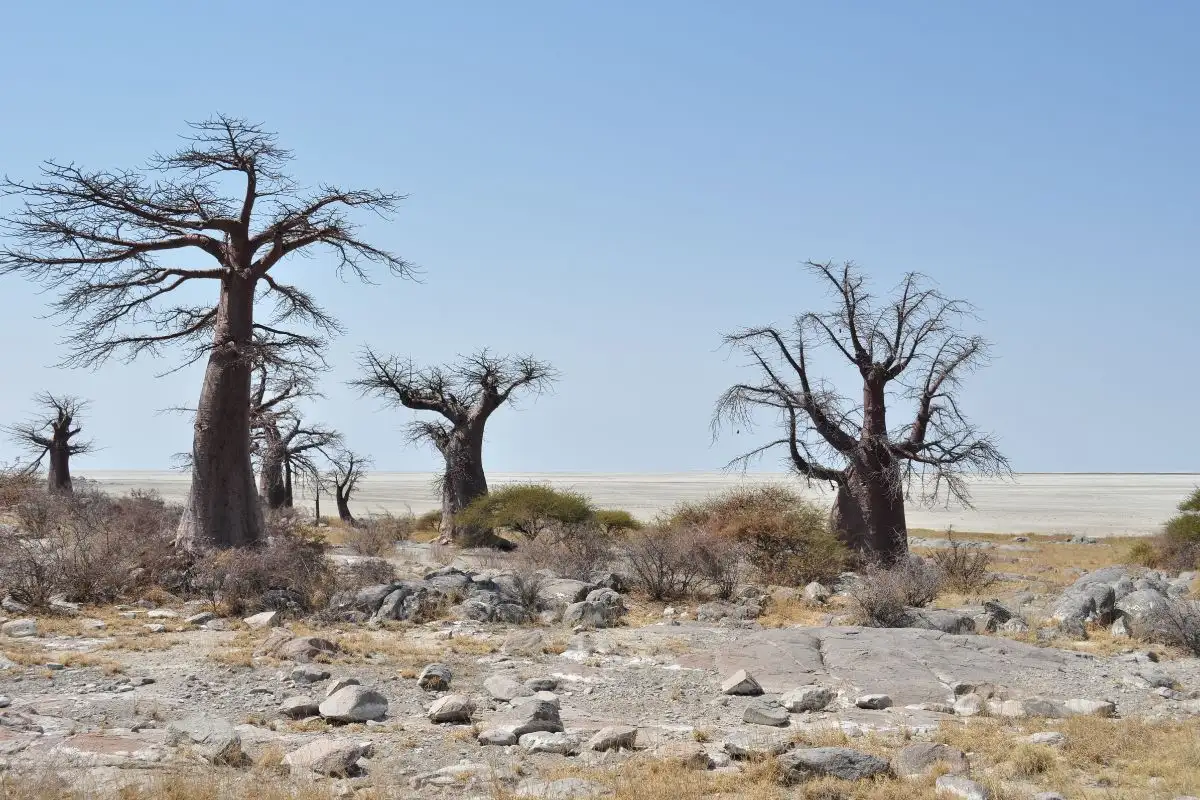



















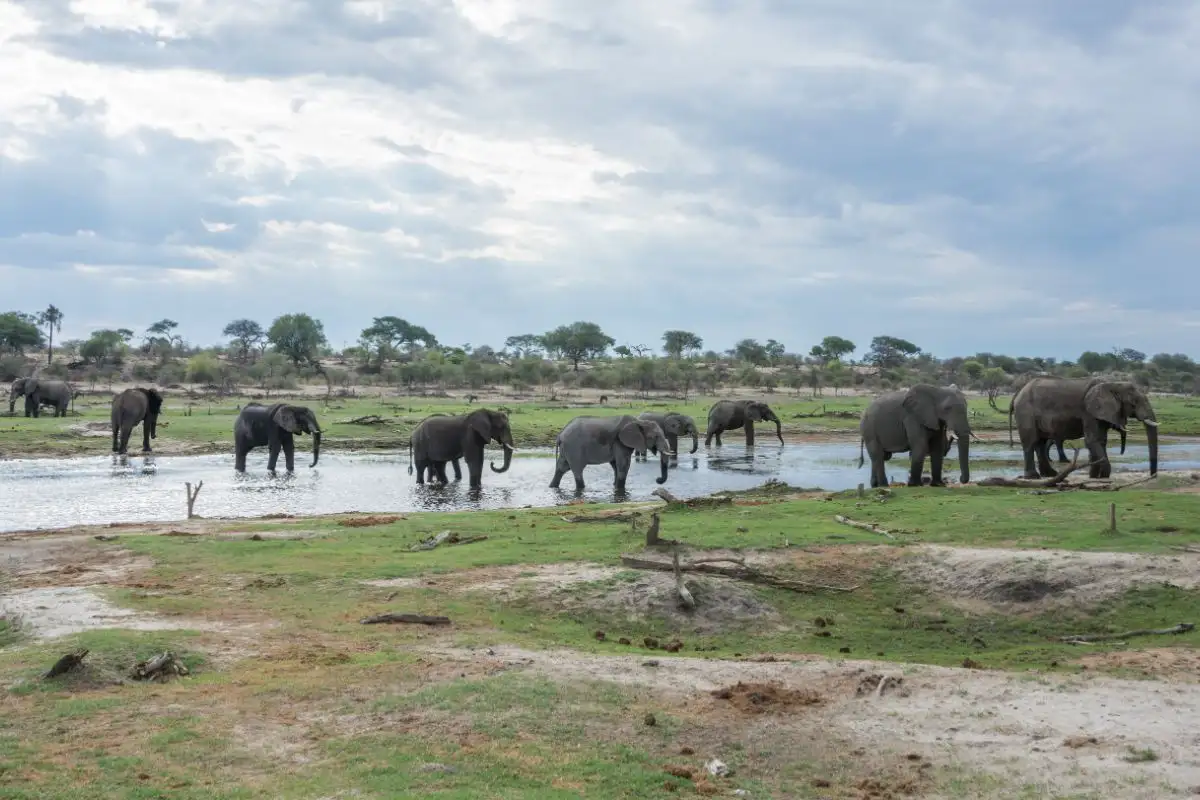




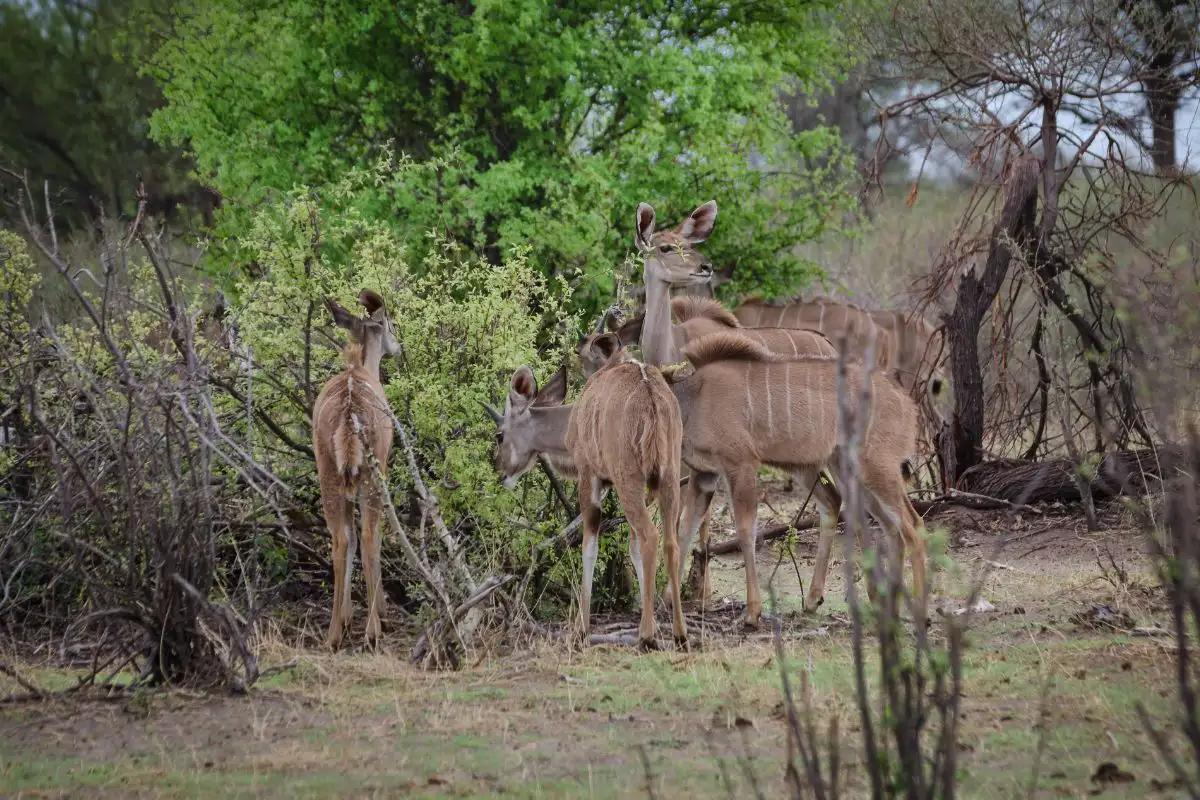






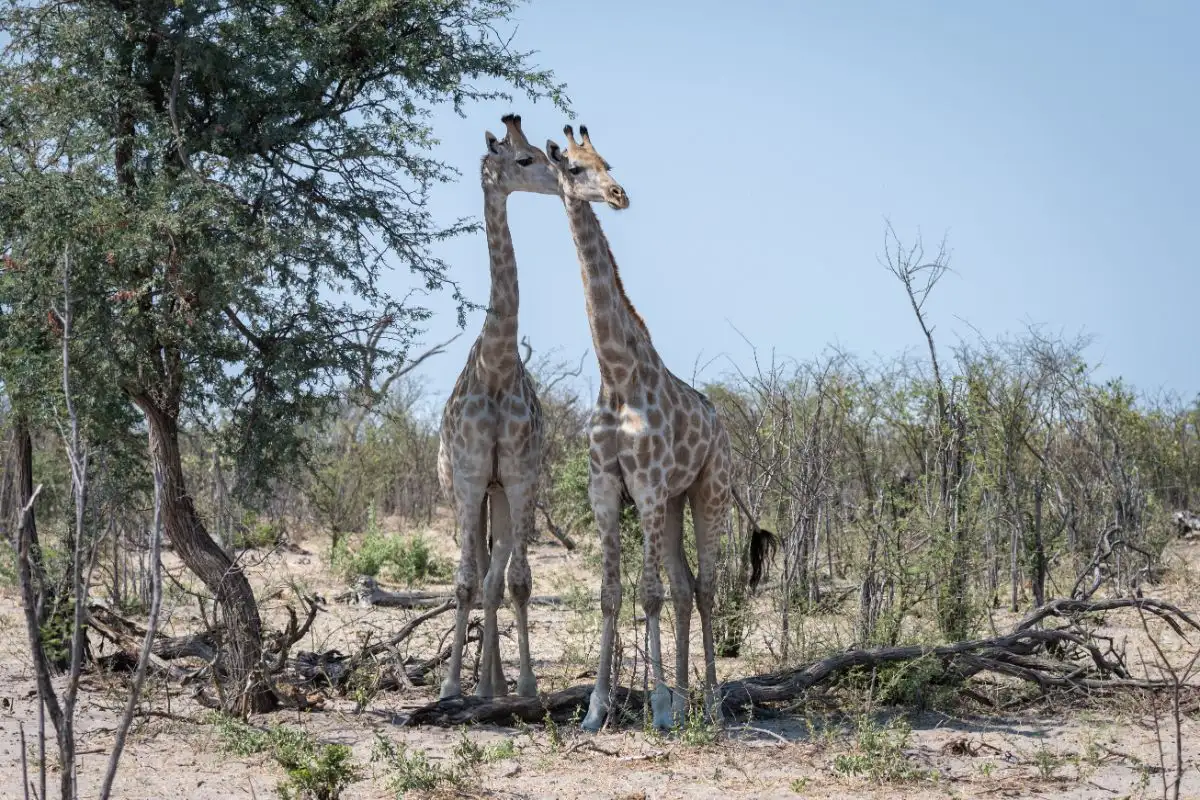




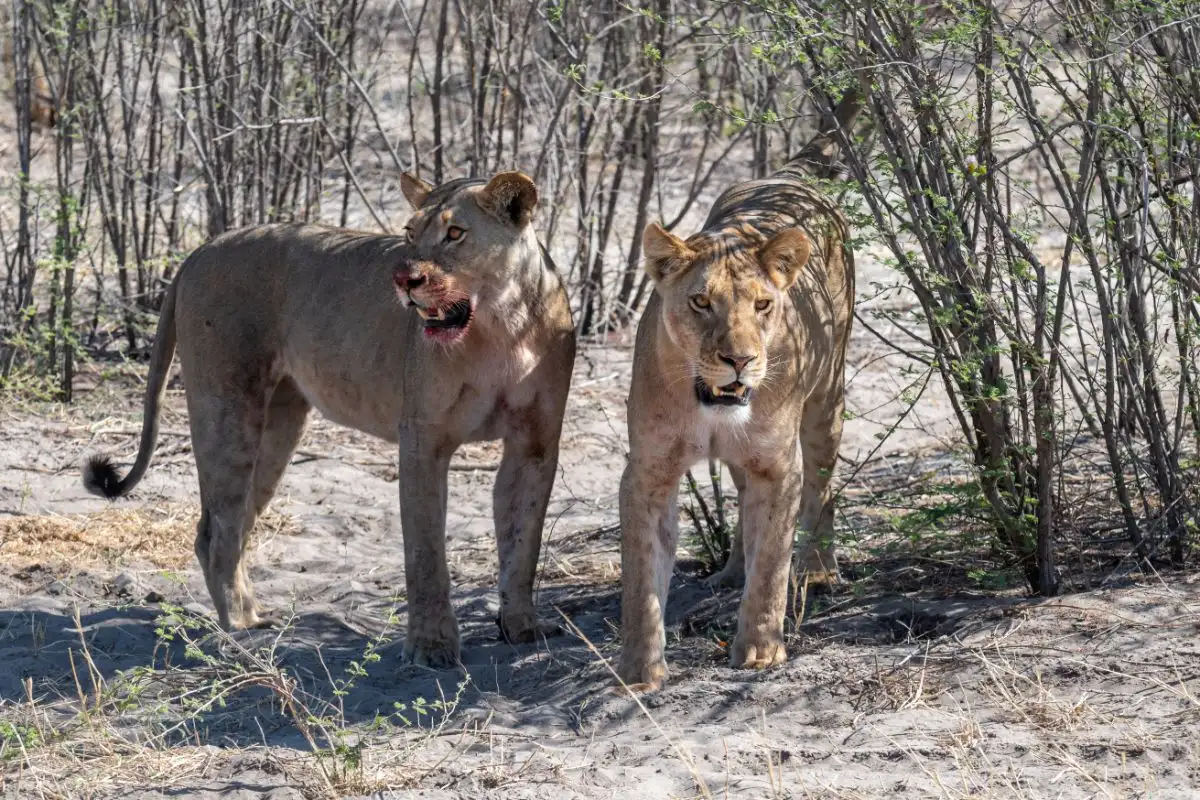








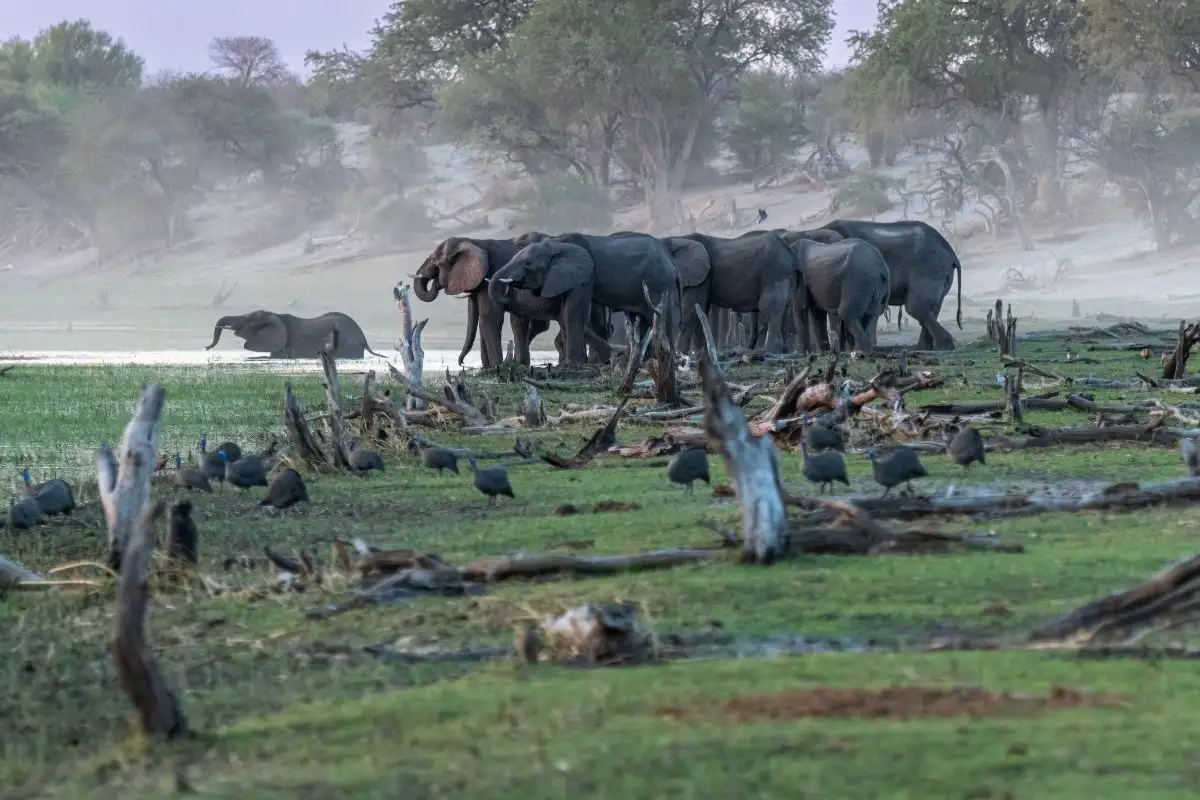








.jpg)

.jpg)


